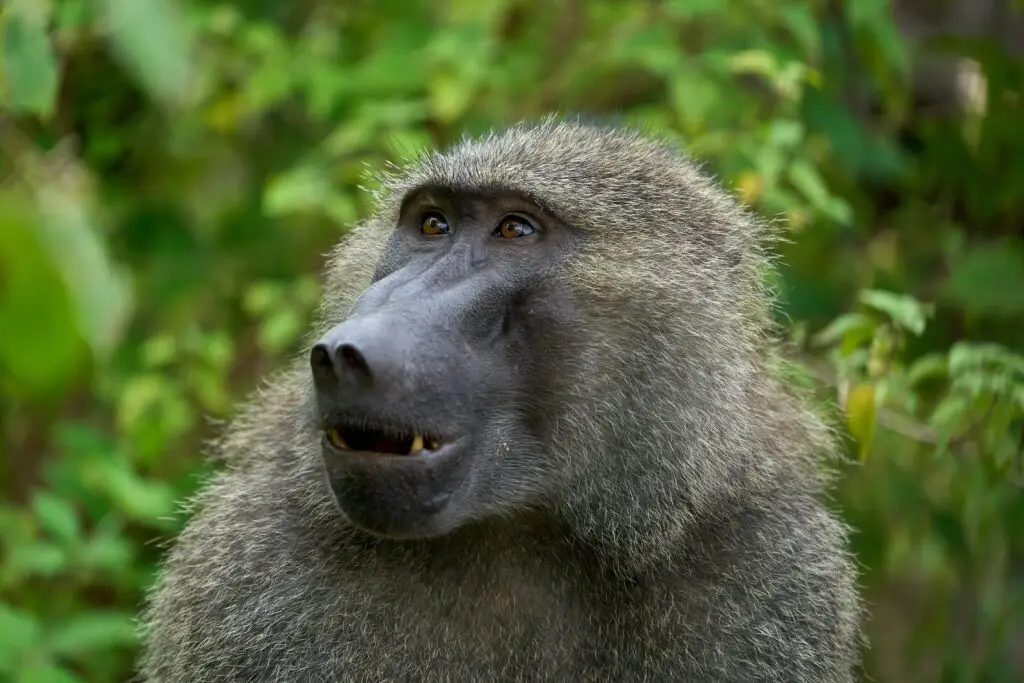

📞 +33 7 73 38 77 94
Notre formulaire de contact
Des reportages inspirants, des astuces, des conseils et des offres promotionnelles exclusives sur la Tanzanie vous attendent ! Inscrivez-vous à notre newsletter et répondez à l’appel de la savane avant tout le monde.
Hi there 👋! Mino is here to help you plan your trip in Tanzania. We speak english and french !
Ut enim ad minim veniam, quis nostrud exercitation ullamco laboris nisi ut aliquip ex ea commodo consequat. Duis aute irure dolor in reprehenderit in
We are dedicated to help you complete your bucket list in Tanzania. Explore the wildlife and climb Kilimanjaro with us.
POV BOX 96 Marangu, Kilimanjaro, Tanzania